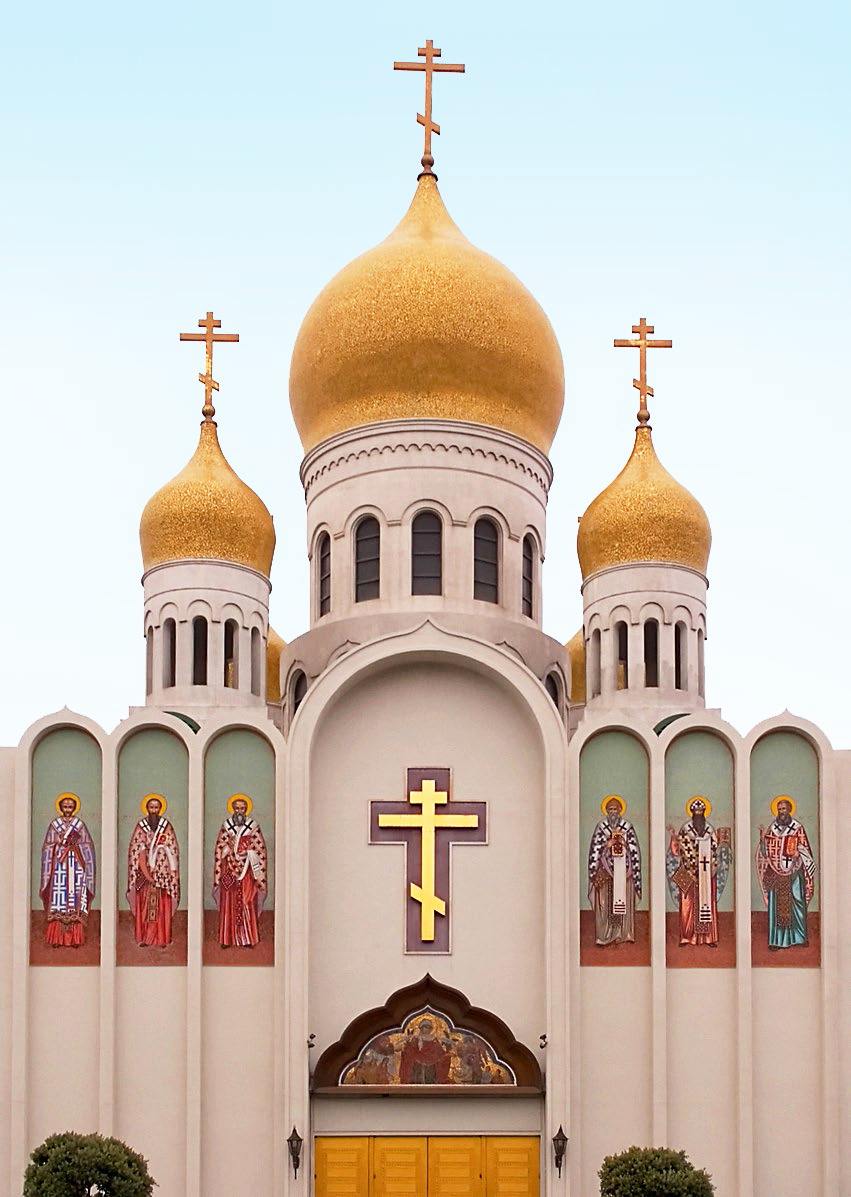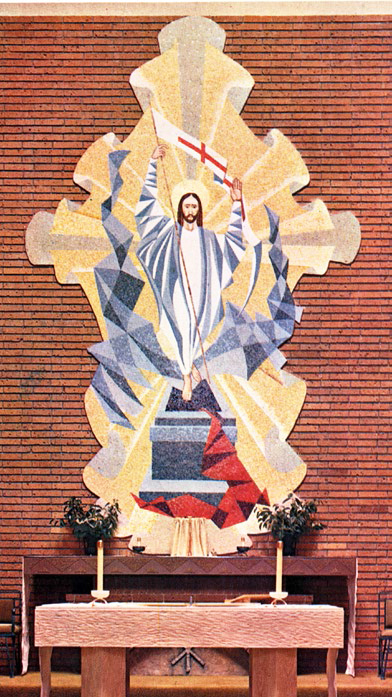Painting the Town - Page 5
 |
|
|
 |
|
|
The mid-1960s was the height of Pardiñas' success. The family moved from North Beach to what Pardiñas' close friend Audrey Gabrielson recalls as "a grand, grand place" in Mill Valley. Alfonso and Cristina had two daughters, Iza and Ilka.
Alfonso and Cristina were part of the Bohemian houseboat scene in Sausalito, where Pardiñas decorated Varda's boat with mosaics.
Among their circle was Pardiñas' closest friend, Lenny Cahn, an architect and developer who created one of the first warehouse conversions in San Francisco, the Ice House complex, as well as developments in Marin. Besides helping Pardiñas land jobs, Lenny brought him in as an investor in his real estate ventures.
"[Alfonso] loved his Mexican music from home," Cristina recalls. "We would go to clubs in Mexico City, and he would listen. The tears would roll. He's very sentimental."
But, as his daughter Ilka says, "He treated women great, and they all loved him. He couldn't have just one. If you wanted someone who was faithful and loyal just to you, that just wasn't the way he was."
Alfonso and Cristina's divorce was financially devastating, his nephew Memo Morantes says. Pardiñas was soon living in his studio at Sansome and Chestnut streets near the Embarcadero. His loft bedroom was furnished, Morantes says, with "a bed and a night table and a chair—no, nothing you would call expensive."
He drove a beat-up pickup truck, and later a van, with 'Byzantine Mosaics' emblazoned on the side.
But if Pardiñas did not put on airs with his living quarters or his wheels, he did so in his person, dressing and speaking in a way to impress—and at times mystify.
"He always had the right stuff to wear, a very sharp dresser," says Gabrielson, an artist in her own right. "He was fastidious to the nth degree and he always had a nice scent." Accouterments included a scarf knotted about his neck, a cigarette holder wafted in one hand, and a beret.
"The way he dressed was very, very elegant. It threw people off," Morantes says. So did his speech.
"He had an accent, a perfectly delivered accent, and it wasn't Mexican," Morantes says. "It was more European, and also the mannerism. People were, like, 'I can't tell where the hell this guy is from. Is he French? Is he Italian? Is he a Spaniard? Who the hell is this guy?'"




